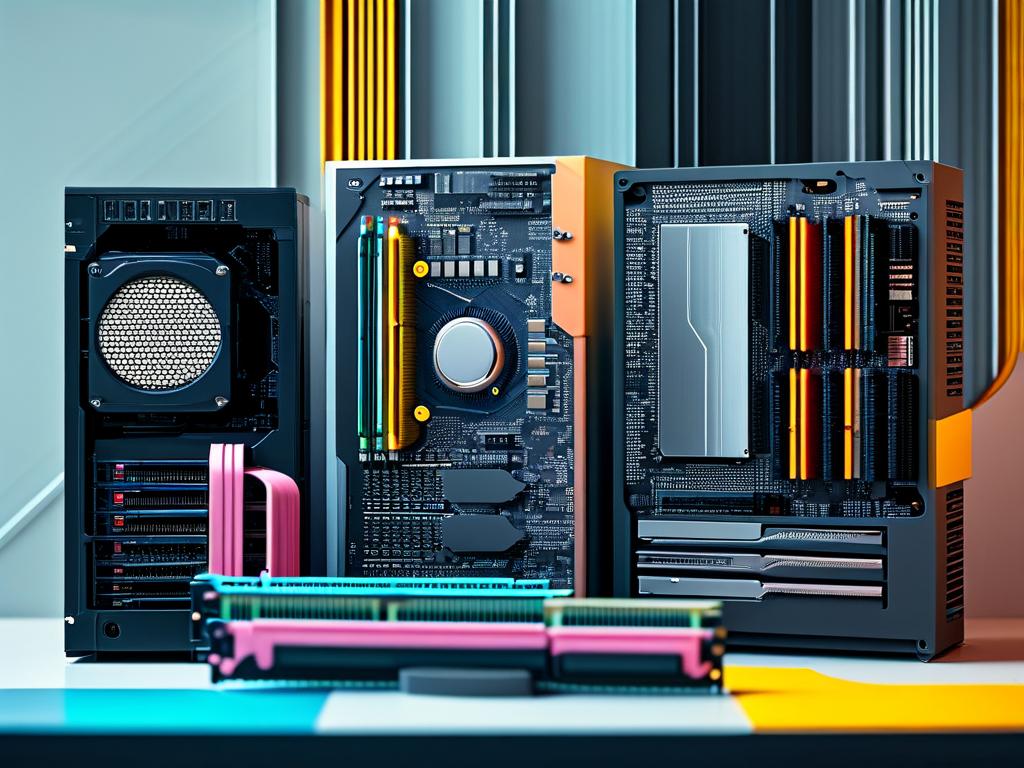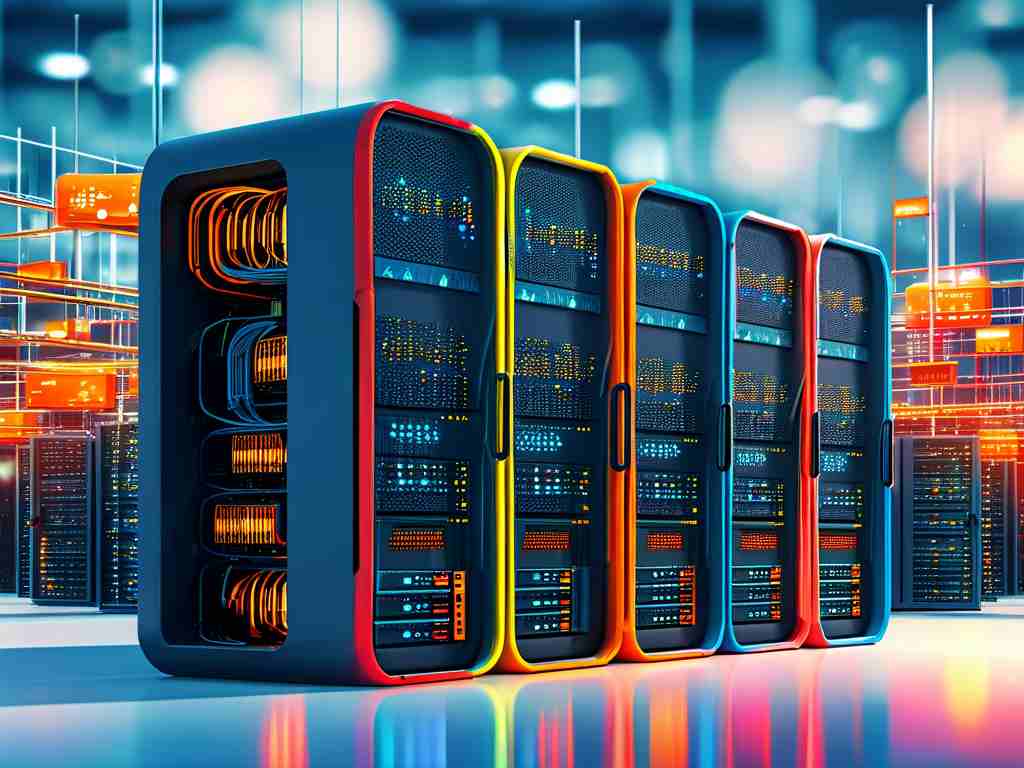In the architecture of contemporary computing devices, memory classification forms the fundamental framework that enables efficient data processing and system responsiveness. This article explores how different memory types interact within computer systems and their collective impact on performance optimization.

At the core of memory classification lies the distinction between volatile and non-volatile storage. Volatile memory, exemplified by Random Access Memory (RAM), temporarily holds data during active computations. Its lightning-fast read/write speeds – typically ranging from 20GB/s to 80GB/s in DDR4/DDR5 modules – make it indispensable for real-time processing. However, this transient nature requires complementary solutions for persistent data retention.
Non-volatile memory technologies address this need through specialized architectures. Read-Only Memory (ROM) chips store firmware and boot instructions, while modern iterations like Flash memory (used in SSDs) achieve remarkable densities exceeding 4TB in consumer-grade devices. The emergence of 3D XPoint technology (marketed as Intel Optane) blurs traditional boundaries, offering byte-addressable persistence with near-RAM performance characteristics.
Cache memory represents another critical classification layer, acting as a high-speed buffer between processors and main memory. Modern CPUs typically implement three cache levels (L1-L3), with access latencies escalating from 1ns (L1) to 30ns (L3). Advanced prefetch algorithms analyze access patterns to anticipate data requirements, achieving hit rates above 95% in optimized systems. This hierarchical structure effectively mitigates the "memory wall" problem – the growing performance gap between processors and memory subsystems.
Virtual memory systems introduce sophisticated abstraction layers, combining physical RAM and secondary storage into a unified address space. Page tables managed by Memory Management Units (MMUs) translate virtual addresses to physical locations, with typical page sizes ranging from 4KB to 1GB depending on architecture. When physical memory becomes constrained, page replacement algorithms like LRU (Least Recently Used) or CLOCK determine which pages to swap to disk – a process that incurs performance penalties but prevents system crashes.
Emerging memory technologies continue to reshape classification paradigms. Resistive RAM (ReRAM) leverages variable resistance states for data storage, offering 10x greater endurance than NAND flash. Phase-Change Memory (PCM) utilizes material state transitions, achieving read speeds comparable to DRAM with non-volatile retention. These innovations challenge traditional memory hierarchies, prompting reevaluation of von Neumann architecture principles.
In practical system design, engineers must balance multiple classification parameters:
- Latency tolerance vs. throughput requirements
- Power consumption profiles across memory tiers
- Error correction needs (ECC memory vs. standard modules)
- Thermal characteristics and cooling solutions
A server-grade system might combine DDR5 RAM with NVMe SSDs and NVDIMMs (Non-Volatile Dual In-line Memory Modules), achieving both high throughput and data persistence. Mobile devices prioritize low-power LPDDR5 configurations with UFS 3.1 storage, optimizing for energy efficiency rather than peak performance.
Memory controllers play a pivotal role in managing these classified components. Modern controllers handle:
- Channel interleaving across DIMM slots
- Error detection/correction through advanced ECC
- Power state transitions for energy savings
- Quality-of-Service (QoS) prioritization
The Linux kernel's memory management subsystem demonstrates these principles through features like transparent huge pages and memory cgroups. Developers can monitor memory behavior using tools such as valgrind, while hardware-assisted solutions like Intel VTune provide cycle-level profiling.
As quantum computing and neuromorphic architectures evolve, memory classification frameworks face radical transformations. Magneto-resistive RAM (MRAM) shows promise for cryogenic computing environments, while photonic memory concepts explore light-based data transfer. These developments underscore memory classification's enduring significance in shaping computational capabilities.
Ultimately, understanding memory taxonomy empowers both hardware engineers and software developers to create systems that intelligently leverage storage hierarchies. From optimizing garbage collection algorithms to designing cache-coherent NUMA architectures, effective memory utilization remains central to computational efficiency in the post-Moore's Law era.









